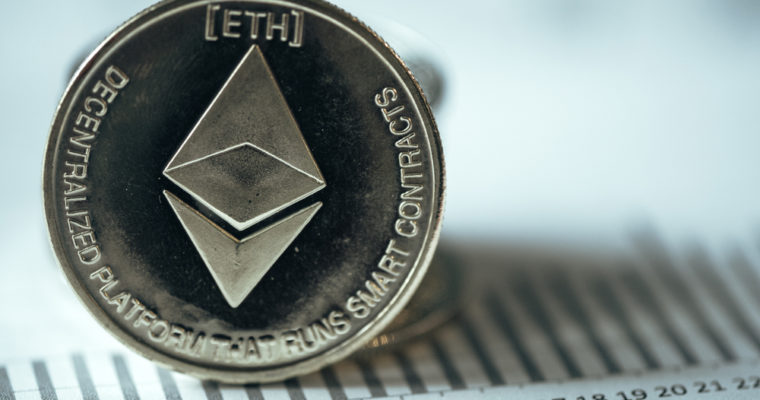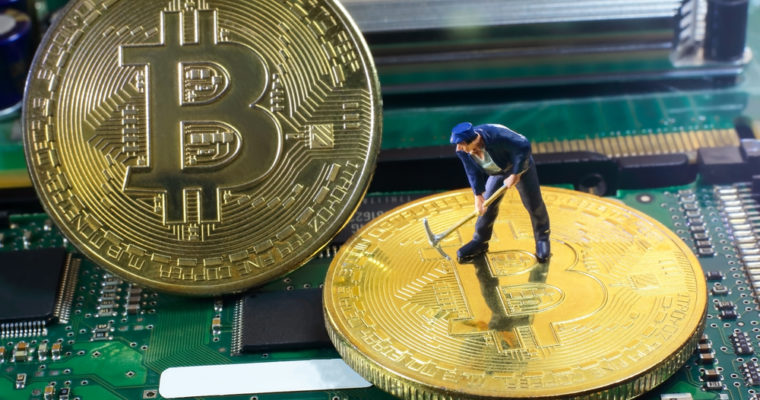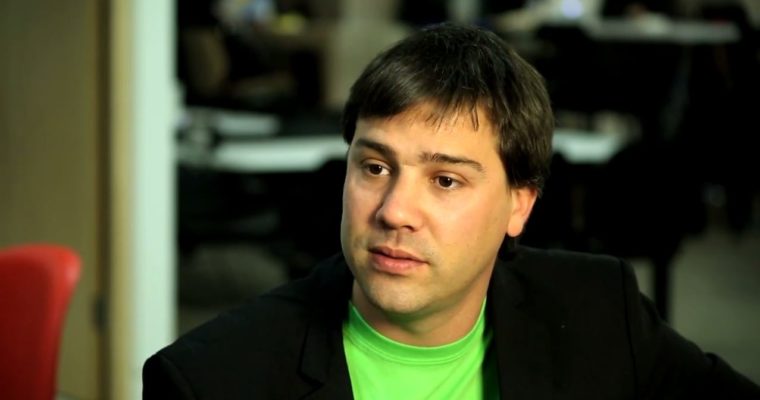Trade issues that played a minor role among voters in the U.S. midterm elections are poised to become one of the first points of conflict between U.S. President Donald Trump’s administration and a newly elected House of Representatives, analysts say.
Among the early items likely to be caught in the crossfire: the United States-Mexico-Canada agreement (USMCA), which still needs to be ratified by the three countries before it takes effect.
“I think USMCA will get through Congress but it will be very difficult,” said Gary Hufbauer, a senior fellow at the Washington-based Peterson Institute for International Economics. “The Democrats will want to change it and, given their majority, which looks to be pretty strong, they can still lose a few votes and hold up the ratification process. It’s not going to be easy.”
Following a tumultuous few weeks of campaigning, Republicans strengthened their hold on the Senate by adding three seats while the Democrats won a majority in the House of Representatives, gaining seats from coast to coast — and enough power to challenge many of Trump’s policy moves.
Yet the “blue wave” that many Democrats had hoped for failed to make a significant impact in some areas, notably in farm country, where agricultural producers have borne the brunt of Trump’s controversial “America First” trade policies.
U.S. tariffs on steel and aluminum imports from countries such as Canada and Mexico have prompted retaliatory tariffs on a range of American agricultural products. And the escalating U.S. trade war with China has resulted in retaliatory tariffs from Beijing that have sunk the price of soybeans, pork and other products, weighing on farmers’ bottom lines. Recent data from the U.S. Department of Agriculture’s Economic Research Service suggests 2018 net farm income will be US$9.8 billion, or 13 per cent, lower than the year before.
“I think trade was one of the issues farmers cared about but it wasn’t the top one,” said Dan Ujczo, an Ohio-based trade lawyer with Dickinson Wright, who has been closely tracking the midterms and political support for USMCA. “And in general in this election, there might have been an undercurrent of trade concern with voters but I just don’t think it changed the direction of the tides at all. It wasn’t a deciding factor.”
The outcome of the election has cast a cloud of uncertainty over the passage of Trump’s largest trade deal to date. With so many Republican-held seats having changed hands, gauging how much support exists for the USMCA has become difficult, Ujczo said. For instance, Congressional seats in Texas, Minnesota, New York, New Jersey and Virginia that were all previously occupied by Republicans believed to be solidly supportive of the deal, have now flipped to Democrats whose positions are unknown.
“These are freshmen members of Congress and while most look to be middle-of-the-road candidates, who knows what the Democrats will decide and where the party will land on trade,” he said. “All of a sudden we could start losing votes.”
Though the Democrats could simply look the other way and pass the deal unaltered, Hufbauer said it is more likely that they will insist on stronger labour and environmental provisions. Those would likely be handled in side letters to the agreement so that a new round of exhaustive negotiations can be avoided.
These are freshmen members of Congress and while most look to be middle-of-the-road candidates, who knows what the Democrats will decide and where the party will land on trade
Dan Ujczo, trade lobbyist
“I think Trump really faces an uphill battle getting anything ratified and I think he’ll be lifting a really heavy weight getting USMCA through,” Hufbauer said. “Everyone will be looking to 2020 elections so they’ll be looking for plausible reasons to make it difficult to ratify anything.”
Satisfying both sides would force the White House into “a delicate dance,” in which accommodating the Democrats could risk the support of the Republicans, said international trade lawyer Mark Warner. Though ultimately, if the Democrats look as if they will block the deal, Trump can always raise the familiar spectre of a U.S. exit from the North American Free Trade Agreement.
“That’s always been his threat and I think he’ll go back to that threat,” Warner said, who predicts the USMCA will ultimately be ratified by early summer, before presidential campaigns in the United States and federal leadership campaigns in Canada kick off. “There will probably be some hiccups getting it passed … but the parties have a mutual interest in putting this to bed.”
In the meantime, the lack of a rebuke on trade by voters in the midterms, particularly in farm country, will likely see Trump carry on with his forceful approach, Hufbauer said.
“I was moderately surprised because they’ve suffered economically, no doubt about it,” Hufbauer said. “It leads me to believe Trump still has a very free hand on pursuing this aggressive free trade policy because on balance he didn’t lose many votes on it.
“I’ve come to the conclusion that the only thing that will count on trade when it comes to an election is consumer backlash, financial market backlash or general economic malaise. We don’t have any of that right now.”













